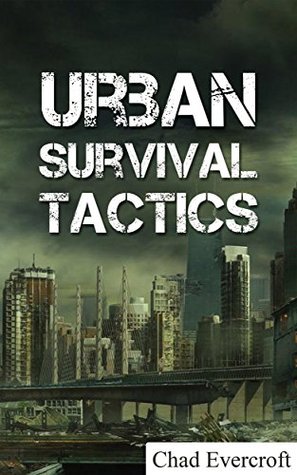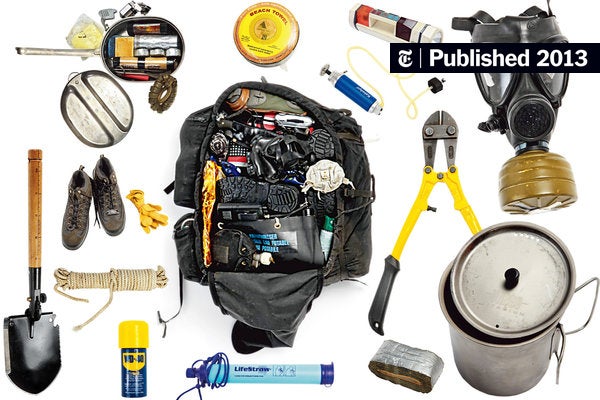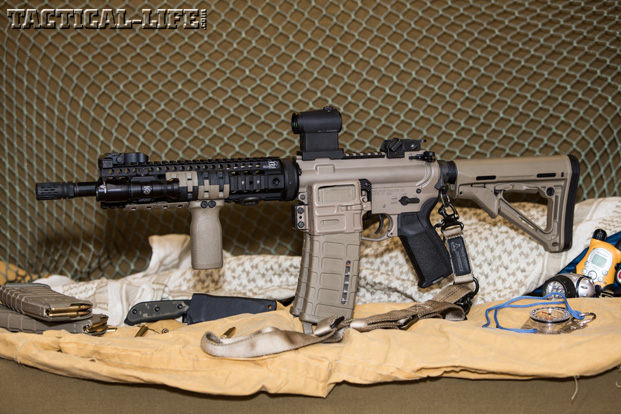
Survival is dependent on being able to survive in the wild. Food is the most important thing you can take with you, because it provides you with energy to perform at your peak. When you are in the wilderness, your chances of surviving can be minimal. You will feel weak and unable think straight if you don't have enough water. It is therefore crucial to learn how to collect water. It's easy to learn. Rainwater can also be collected in the local area. This can be put in a jar and boiled.
You should always carry a bag with water and food rations for emergency situations, as well as a tent and matches to make a fire. You also need to practice your first aid skills. If you do get sick, the medication or alcohol can be used to treat it. It is possible to get ill if you become dehydrated. It is also important to have pure water. You can boil it in just 20 minutes.

You need shelter to stay warm. You can find shelter in a fallen tree. The branches can be piled up against the tree, and filled in by filling in the gaps. You should ensure that you have enough storage space in your shelter to store food. You must also consider warmth. It is equally important to keep warm when you are in the wilderness. You will need to eat more food if it is cold. A tree that has fallen in the wilderness can protect you from the elements for weeks or even months.
You must know how to build shelter in the wild. It's important to learn how to build shelter using natural materials. It will allow you to keep warm, even in the coldest temperatures. Remember that 70 percent of your body weight is water, food, and shelter. If you're alone, you'll need a signaling device to alert others of your presence. These tips will help you survive in the wild. To keep others safe, it is important to be familiar with the importance of a signaling device.
Water is another important factor in survival in the wilderness. Without water, survival is impossible. You will need to learn how to build shelter in the wilderness. You will need to gather food and water. These are essential more than the former. You might also need to make a fire. You can also find structures and rock formations if you are unable to build shelter. Once you have built your shelter, you can go looking for food.

Another tip for survival in the wilderness? Learn how you can make a bed. As heat cannot escape through the ground, it is best to avoid sleeping on barewood floors. Instead, you should build a shelter of dry leaves, and you'll be able to make a bed. This will make sure that you don't lose heat in the event of a temperature drop below freezing. Then, you can practice making a fire while you're in the wilderness.
FAQ
What is the most critical part of hunting wildlife?
How do we get there? Start by learning how you can shoot accurately. Then we must learn to hit our target. Finally, we need to learn how we can make adjustments if we fail.
It is essential to know the basics of hunting. It is impossible to improve your hunting skills if you don’t know what you’re doing. While you may think that you've improved by taking better shots, the fact is that you won't be able to use those shots as a guide. This is also true for hitting targets. If you don’t get why you’re not succeeding, you won’t be able to change. This means that it is essential to understand what your goal is.
Knowledge is key. Your ability hunt depends on how well you know the animal you want to kill. If you go out into nature, you will want to be as knowledgeable as possible about the animals you come across. You need to be able to identify their habits, behavior, and personalities. You can plan your hunts to make them run smoothly.
Learn from those who have succeeded in the past. There are many books available on this topic. In addition, there are websites like www.thehuntingzone.com that offer great tips and advice. There are also people with years of experience. They can help identify the best and worst practices.
It's time for you to practice once you've learned all that you can. Practice makes perfect. Practice is not enough. Instead, you should practice until your confidence grows. Confidence helps you relax and enjoy the process. Relaxation helps you concentrate on the task at hand. Concentration allows for you to make the most of every opportunity. You can only be relaxed and focused when there are opportunities.
Now it's time put your new skills to work. Do not worry if your attempts fail. Just keep practicing and improving. Eventually, you'll find success.
What gun is best for hunting?
The most effective weapon for hunting is a.22 caliber rifle. This rifle is lightweight and portable. It can be used to take pictures at long distances.
You should not expect an attack by a prey to make this firearm most useful.
You don't want your ammunition to go to waste by hitting a tree. You need to have a clear shot at your prey.
You can hunt larger game with a rifle in the.30 caliber range. It is heavier than a.22 calibre rifle.
For accuracy with a 30-caliber rifle, you will need more practice.
How much does it take to hunt?
A hunting trip costs different depending on where you live and what kind of wildlife you want to hunt.
Generally speaking, the average price for a two-person hunting party ranges between $500-$1,000 per person. This includes accommodation, food, gas, equipment, licenses, etc.
Certain areas may have higher prices than other. If hunting is planned during peak seasons (e.g. fall turkey season), expect to pay higher prices.
Statistics
- Indiana, for example, saw a 28% jump in turkey license sales during the first week of the season. (stacker.com)
- Less than 1% of Hawaii's population has a hunting license. (stacker.com)
- Over the past 50 years, the number of hunting licenses in California has been on a rapid decline, falling 70% from more than 760,000 in the 1970s to under 268,000 in 2020—even as the state's population has skyrocketed, according to The Mercury News. (stacker.com)
- In less than 20 years, Rhode Island saw a 40% drop in the number of hunting licenses for residents, according to The Valley Breeze. (stacker.com)
External Links
How To
How to find the best hunting spots within the forest
It is important to identify the type of game that you are hunting before searching for suitable places to hunt. There are different types of animals and birds that live in forests and they all have their own habitat requirements, so if you don't know which type of animal you would like to hunt, you won't find any place where you can successfully catch them.
There are two main kinds of animals that can be found in the forest: large mammals, and small mammals. The large mammals are deer, elks and moose as well as caribou, bears, wolves, wild boar, and caribou. Small animals include rabbits. Each species requires its own specific habitat, so you must choose the right location before going out into the woods. Online information can be accessed to check if endangered species are found near your home. Make sure the area you intend to hunt is free from poaching if you want to hunt that species.
Knowing how to properly setup your equipment is essential if you plan to hunt a particular animal. Use the right equipment to maximize your chances of success. For example, if you're hunting a rabbit, you'll need a gun that shoots accurately at close range, while if you're hunting a larger animal such as a deer, you'll need a rifle capable of shooting long distances. You'll also need some bait to attract your prey. Some people recommend placing meat into a trap to lure animals, while others prefer peanut or corn butter. Whatever method you choose, make sure that you follow the rules and regulations of the country where you intend to hunt.
When choosing a hunting spot, you'll need to consider several factors including the weather conditions, terrain, vegetation, wildlife population, and accessibility. When selecting a place to hunt, always remember that the most important factor is safety. Choose a location that is safe from predators and dangerous wildlife. Also, avoid hunting areas that are crowded, especially during hunting season. It is important to note the seasons when hunting, as this will help you decide the best time to hunt.
Weather is an important factor when hunting. This is very important because it determines the number of animals that will be around. During winter, the temperature drops below zero degrees Celsius, and snow covers the ground. It can be difficult to find deer, bears and wolves under the snowy layer, so it is often hard to spot them. You might spot them if the weather is clear. In summer, temperatures can reach 30 degrees Celsius and the sun heats the earth. Animals move away from the heat to seek shelter, making it easier to locate them.
The terrain should be considered as well. A flat surface makes it easy to walk and run through the area, but uneven surfaces require extra effort. Steep slopes are harder to climb, and rivers and streams often cause muddy trails. Try to find a place that doesn't have any obstacles, so you can easily travel through the area.
In addition to the terrain, you should also look at the vegetation. Depending on the environment, plants vary in size and density. For smaller animals, large trees can provide shade and cover while shrubs or bushes can offer shelter. Dense vegetation will help you find large animals.
The amount of wildlife should be taken into consideration. The United States alone has over 100 million deer. They eat more than half the food that crops produce, and they are vital to biodiversity. However, if the population grows too big, they could become pests and damage the ecosystem. Therefore, it's important to keep the population balanced.